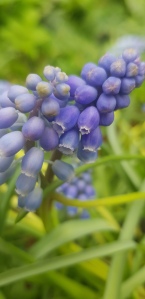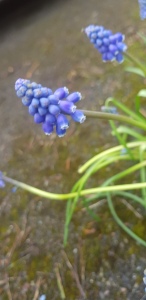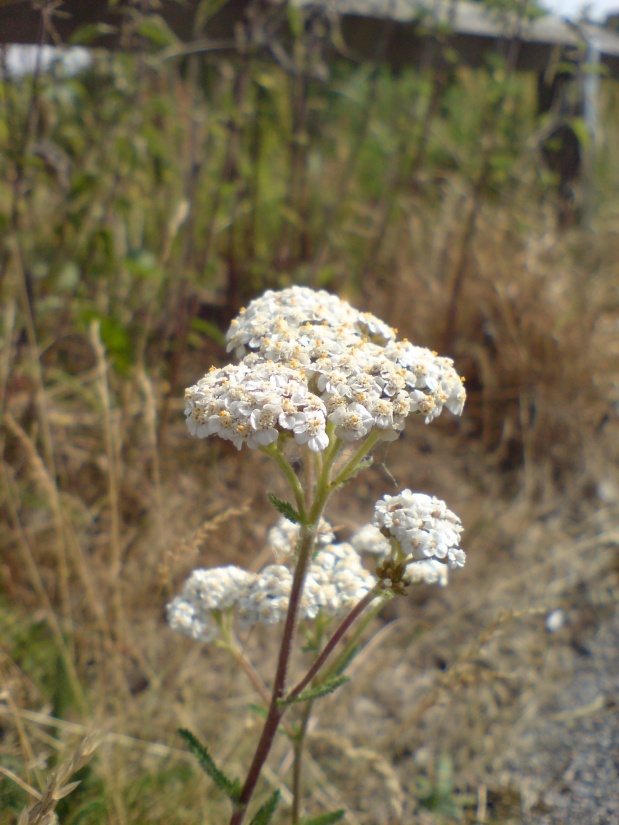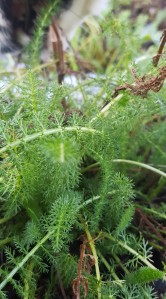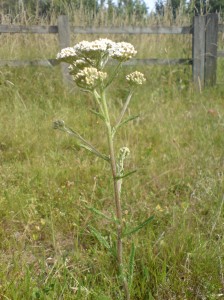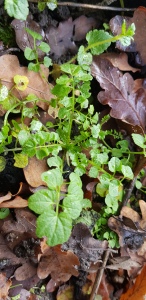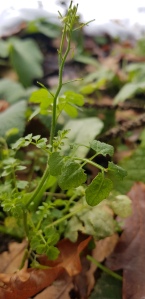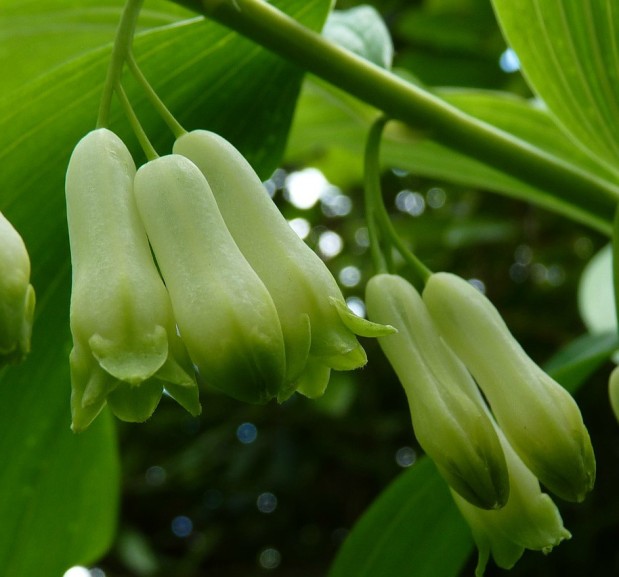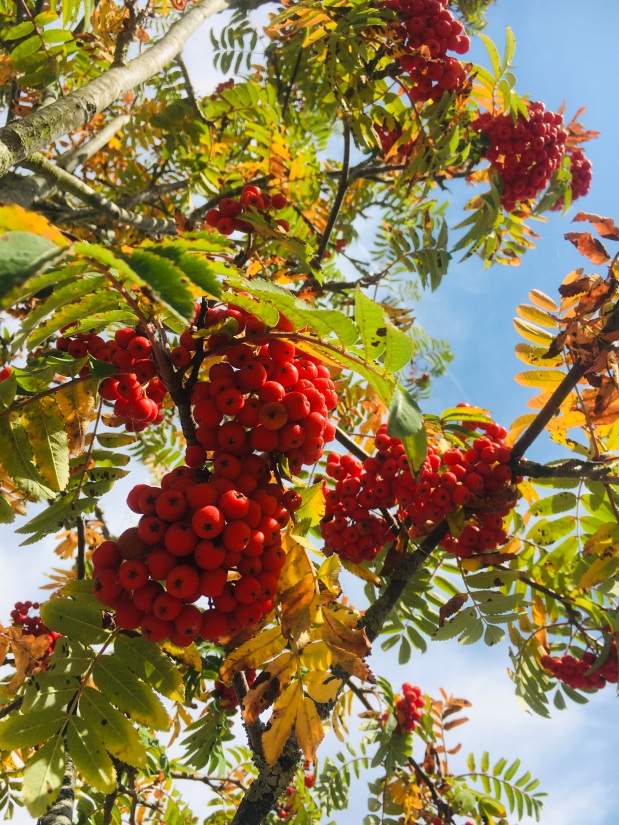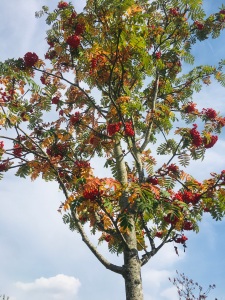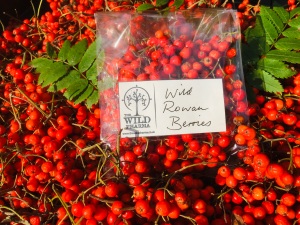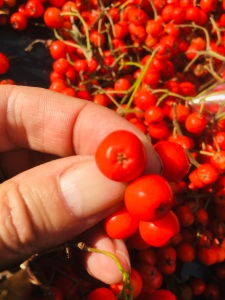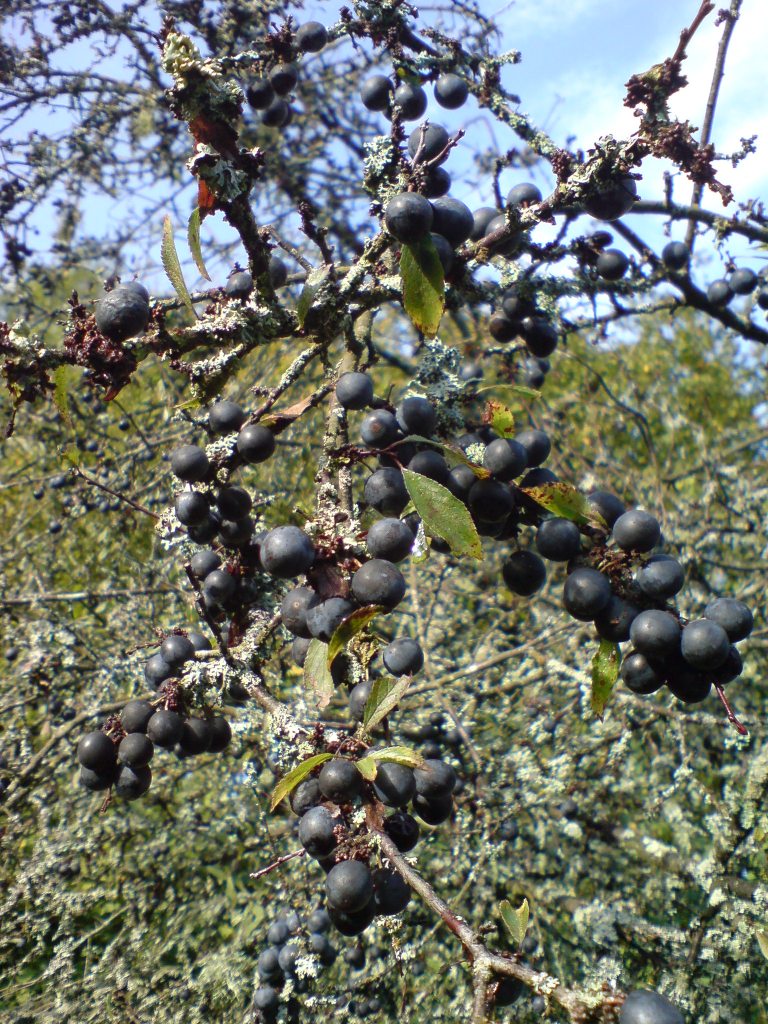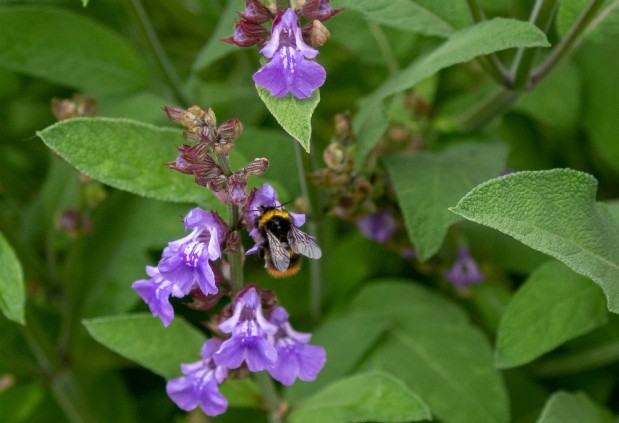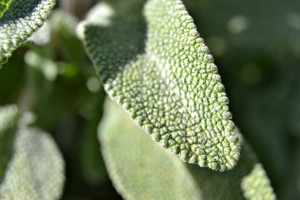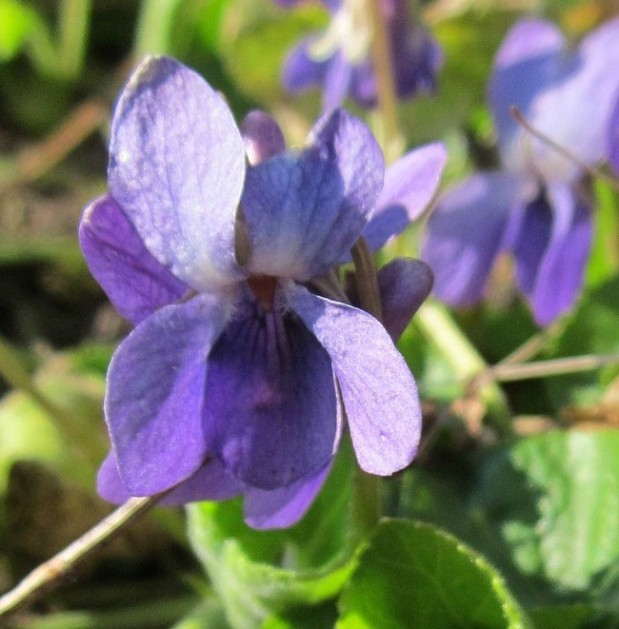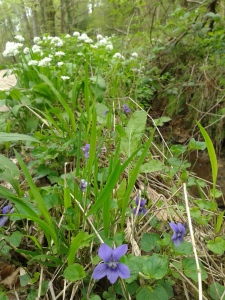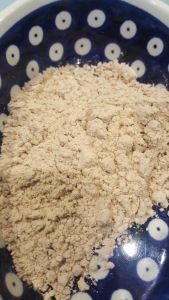I love growing things I find attractive in my garden but I am far more likely to give a plant space if it has some medicinal, edible or bushcraft value so I was really happy to recently learn that these little beauties fit the bill! Not only are they stunning but they can also be food and medicine – both for bees, other Spring insects and for us.
They are a member of the Asparagaceae family, an interesting plant family containing plenty of unusual poisonous plants. The grape hyacinth does have some saponins in the bulbs so its not something to gorge on. The flowers are edible too, some make them into cordials , they can be added to herb teas or would make a jazzy edition to a salad or similar. As a food source, I had heard they tasted mildly of onion, sweet, delicious etc. To me the bulbs were quite bland with a hint of bitterness – the same with the flowers, they smelt far better than they tasted!
With a bit of effort though they can be transformed into really good tasting pickles apparently, something I am going to have a go at. Here is a link to a piece by a Italian chef, in Italy they eat a lot of Muscari bulbs which they call Lampascioni. They preserve them in oil or vinegar and apparently they resemble tiny onions in both appearance and taste. They also mention the bitterness that I noticed.
Medicinally, they contain anthocyanins (hence that gorgeous deep colour) which are potent antioxidants and components are being investigated for the production of potential anticancer, antiviral, antidiabetic and anti-obesity drugs (full details here). In Turkey, they have a long history of use for burns, wounds, as an anesthetic and for their anti-inflammatory properties. The grape hyacinth doesn’t feature in any official herbal medicine lists (as far as I know) so are not well studied in the laboratory – they are more of a folk remedy, something that ordinary people knew about through experience of use and handed the practical knowledge down the generations.
The flower essence is associated with helping to heal feelings of aloneness, exclusion and abandonement, feelings of despair and being disconnected with others. Easiest way to make a flower essence is to bend a flower stalk into a bowl of spring water and leave in the sun for several hours. The water will extract and hold the energetic vibration of the healing properties of the flower. Add half the amount of brandy to flower water to complete the essence.
The flowers are used in the perfume industry due to some species having a sweet and heady scent.
All in all, a pretty and potentially useful addition to any garden. The bees adore them too so probably best to leave the majority of the flowers and bulbs for them!
Plant them in poorer soil to avoid getting the huge mass of green leaves that gardeners complain about, they can get very leafy and have far fewer flowers when planted in rich soil.
Do not confuse with the larger Hyacinth as they are definitely poisonous to eat.


